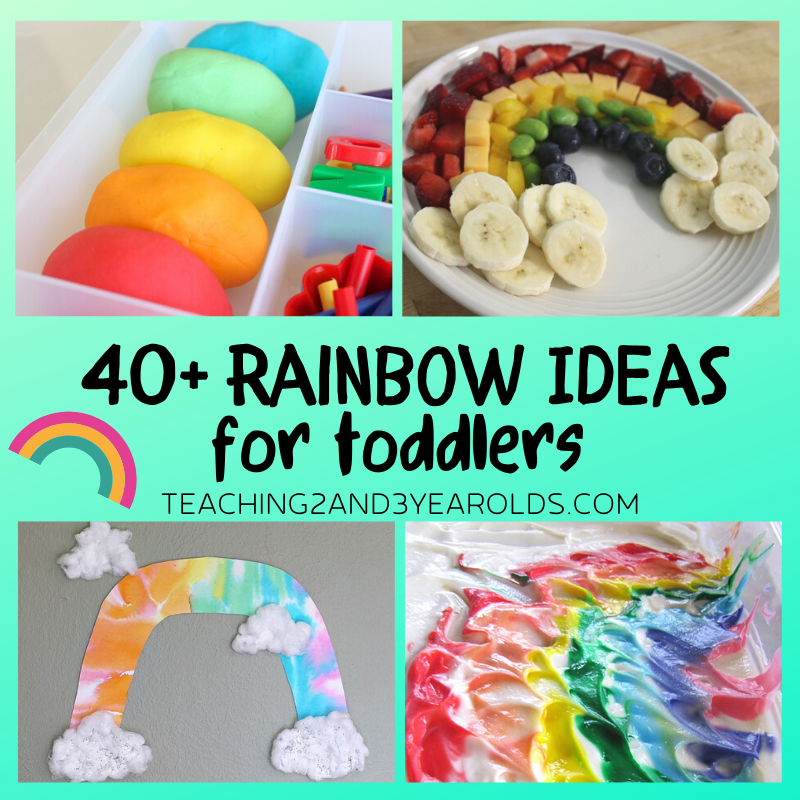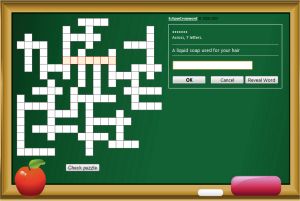
There are many options for quilt patterns if you are on the lookout for something new. You have options to choose from modern designs as well as hexagon and plus quilts. These quilts make it easy for both beginners and more experienced quilters. What are the best quilts? Here are some suggestions.
Modern quilt patterns
Modern quilt patterns are usually more geometric and require less piecing than traditional designs. These patterns often use bold color combinations and have negative space. You can start sewing if you are a beginner. This pattern consists of small pieces that can be used to make a statement piece. Because it doesn't require consistent placement, this pattern is great for scraps. This book contains easy to follow modern quilt patterns, perfect for beginners.
Easy beginner quilt pattern
An easy beginner's pattern for quilting is perfect if you are new to quilting. It comes with a clear pattern and photos that will help you finish the project. The patterns for beginners can be found online, in magazines, and in books. To cut fabric, you can also use scissors and a marker. This method can take a bit longer but will produce beautiful quilts.

Hexagon quilts
Hexagons are made by sewing strips together. Hexagons are constructed by sewing strips together. The next step is to sew the resulting hexagons together. The hexagons are pressed into place using a pressing tool. To make the quilt visually appealing, you can sew each hexagon one by one. It is important to remember that you can make a hexagon quilt in many ways.
Plus pattern
Plus quilt patterns combine foundation paper and regular patchwork techniques. It contains full-color instructions, many diagrams, as well as four pages worth of templates. The pattern can be printed or downloaded in PDF. The quilt is perfect for scrappy fabrics. The pattern also includes detailed instructions and a cutting guide that will help you make a beautiful quilt top. The pattern is simple to follow and perfect for beginners.
Indian Summer pattern
If you are looking for a modern baby quilt pattern, the Indian Summer quilt pattern may be for you. This pattern features an updated version of the traditional Indian Summer blocks with the addition of modern, colorful fabric designs. This pattern contains the basic instructions, a cover page, and information about yardage for a complete quilt. The finished quilt measures approximately 36x51 inches. It also features several different methods for making a half-square triangle.
Pictorial quilts
To illustrate important mathematical concepts, designers have created pictorial blocks. These patterns can be shared with children as a way to love math. Many of these quilts are simple to make and were designed for novice quilters. For easy printing, some patterns can be downloaded in PDF format. Pictorial Quilts are a fun and unique way to express your quilting creativity.

Baby quilt pattern
Before you tackle a baby quilt project, you will want to identify your fabric preferences. You might choose the fabric you are most familiar with if you have limited time. Ultra-comfy fabrics may be a better option if time is limited. Whatever your choice, you'll want to choose a color palette that will appeal to the baby's tastes. Here are some tips that will help you choose the perfect fabric. Be aware that different fabrics will shrink differently. Therefore, you must plan your color scheme accordingly.
FAQ
What does it cost to have a hobby?
A hobby costs nothing but time. It can take many years to accomplish what you desire if you are serious about it.
But there is one thing you can do to help yourself. It's called passion'. Passion will help you put in the effort to succeed.
Once you put in the hours, you might find yourself addicted to the activity. This is when the real fun begins. Because you are enjoying what you are doing and are constantly improving. So by the end of the year, you will probably have made quite an improvement.
Don't fret about how long this takes. Give it a shot. You might just surprise yourself!
What are some competitive hobbies?
There are many competitive sports, including running, swimming and cycling, as well as golfing, tennis and other activities.
They're usually played by people who enjoy physical activity but also provide an opportunity for social interaction.
You will probably find people around you who have the same hobby as you, if you are into physical activity.
This could include joining a club/group that allows you to play sports together regularly.
You can also participate in team games where you play alongside others.
These include netball (soccer), football (cricket), netball (basketball), hockey, baseball, volleyball and badminton.
There are many different types of competition.
Some competitions are only for recreational purposes.
Others are designed to test the skill of competitors.
Yet, there are others that reward exceptional performance.
In these cases, winners receive prizes.
Other competitions aim to assess the strength and endurance of competitors.
These are known endurance events.
For example, marathon races, triathlons, Ironman Triathlon, etc.
Athletes often train hard before competing in these events.
They will adhere to a strict training program that prepares them mentally as well as physically.
They may need to spend some time out of their home for preparation.
It is important that you remember that not every athlete can compete in every type or event.
What are your educational hobbies?
An educational hobby is an activity where you learn something by doing it. This could be anything you want, such as playing sports or learning how to play an instruments.
It should be enjoyable and have fun. It doesn't have to be done all the time. However, if you get bored of it, you should think about other things you can do instead.
These activities can also be costly so make sure you don't spend too much.
Statistics
- Almost 80% of people claim to have no hobby. (hobbylark.com)
- Much of this decline reflects the fact that teens are less likely to work today than in the past; among employed teens, the amount of time spent working is not much different now than it was around 2005. (pewresearch.org)
- This 100% accurate personality-analyzing hobby quiz discovers your passion based on your characteristics. (quizexpo.com)
- I am 100% biologically a woman (discover.hubpages.com)
- The intensity of the dialogue partners' bond at the end of the forty-five-minute vulnerability interaction was rated as closer than the closest relationship in the lives of 30 percent of similar students. (time.com)
External Links
How To
How to learn a musical Instrument
There are many different ways to learn how music is played. You could either go to a school, buy a book, take lessons from someone who plays an instrument, watch videos online, etc. These are just a few tips and tricks to help you get started if you're determined to make your own path.
-
Find something that interests or appeals to you. If you don’t enjoy any of the instruments that you see, you might consider trying another one. If you don’t enjoy playing an instrument it will be hard for you to get into it.
-
Be patient. It takes time to learn anything new. You don't have to learn everything in one go. Keep practicing each day.
-
You should practice often. This can be done even when you are tired. This will ensure that your memory doesn't fade.
-
You should choose a comfortable place to practice. Ideal is a quiet area where you don't have to disturb anyone else. Make sure there aren't distractions. It is best to avoid listening to loud music nearby.
-
Have fun! Music is meant to be enjoyed. Make sure you have fun while practicing. You will be motivated to do more if you have fun.
-
Set goals. Set goals. You'll know exactly what you must achieve. This will make it impossible to fail.
-
Keep track of how you are doing. Keep track of all your successes and failures. It will help you become a better person over time.
-
Take breaks. Sometimes, all you need is to take a moment to think. Take breaks to allow you to reflect on things.
-
Ask questions. Ask other people if you have any doubts or confusion regarding certain aspects of the instrument. They may be able help you.
-
Listening is the best way to learn. Many musicians learn by listening to the songs they love and then imitate them. This allows them to grasp the basic concepts of the song.
-
Read books. Watching videos or taking classes will not teach you as much as reading books. Books contain information you will not find anywhere else.
-
Join a group. Playing with others forces you to practice more. Plus, you'll meet people with the same interests as you.
-
Learn from tutorials. Tutorials are short videos that explain various topics in great detail. Tutorials are short videos that focus on one part of the instrument. Tutorials can help you understand complex parts of your instrument.
-
You can try different methods. Some prefer to learn by listening, while others prefer reading. Experiment until you find what works best for you.
-
Practice makes perfect. Nobody becomes an expert overnight. Instead, it takes time and effort to become proficient enough for you to succeed.
-
Get along with other musicians. Listening to others play your favorite songs can help speed up learning.